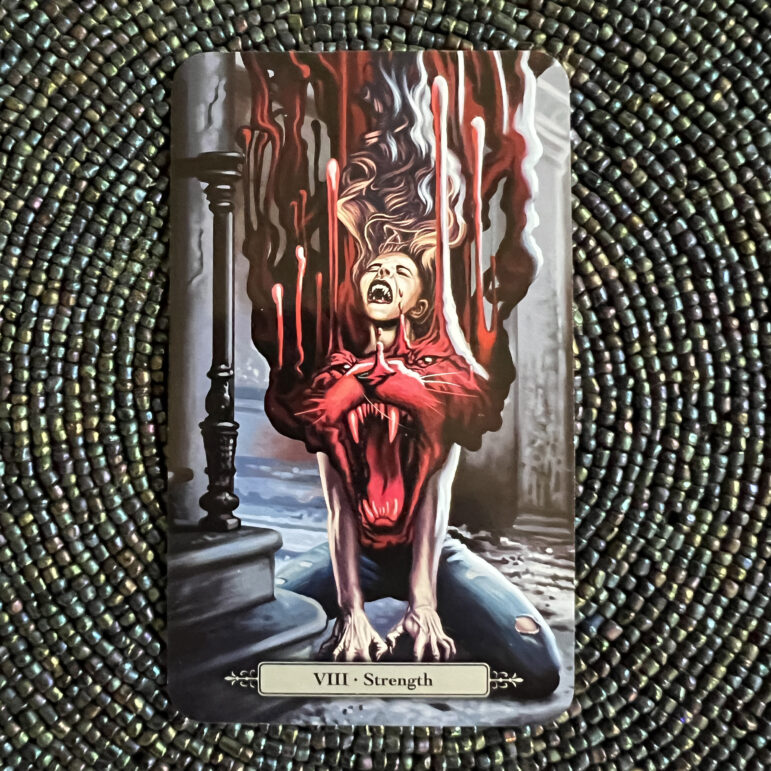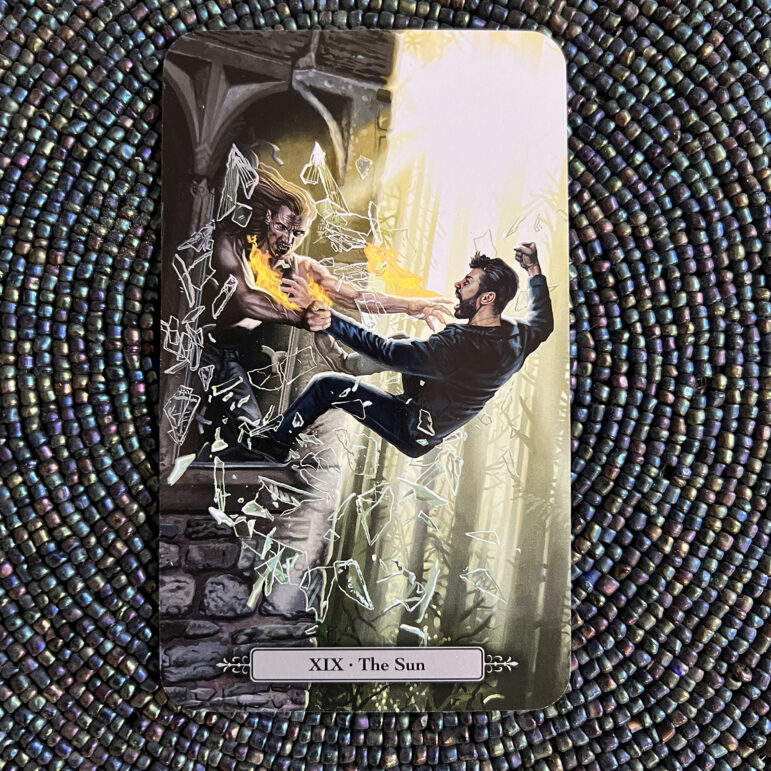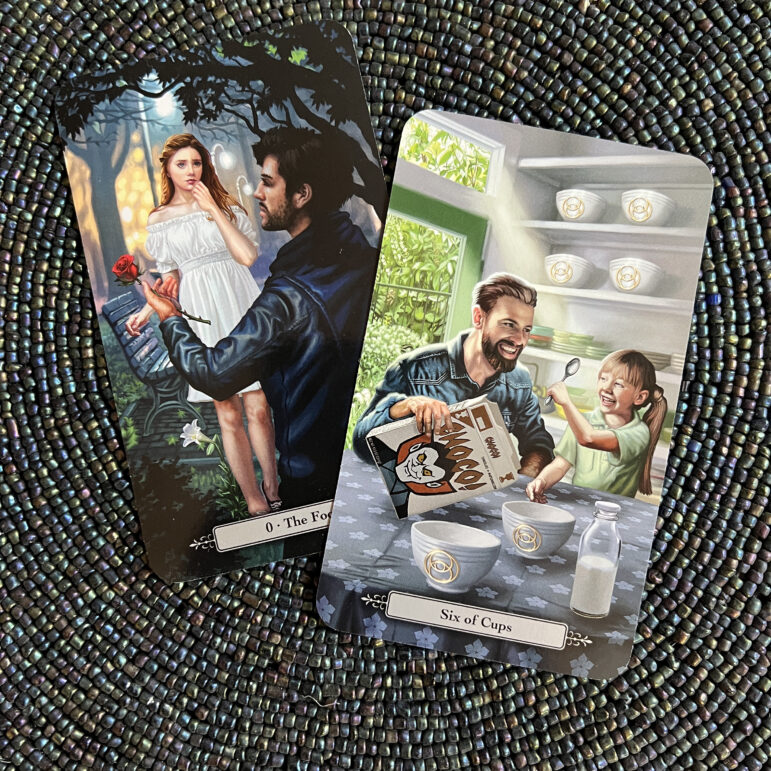
“You have always known there was a secret world existing alongside our own. You have seen glimpses of it in the shadows, heard its whispers in the night air, and felt the call deep within your soul. The sun sets on the world of mortals; awaken to the night of the vampire.”
-from Codex of the Vampires by Charles Harrington
Let’s face it. Vampires are sexy.
Those piercing hypnotic stares. All that lace and velvet. Their deep and forbidden passions. And everyone looks better by candlelight. Yes, vampires are very, very sexy.
I mean, they are now. Bram Stoker and Anne Rice made certain of it. Vampires have come a long way from their not-so-attractive beginnings as feral, bloated, animated corpses that drained the life essence from the living to the more refined station in our collective imaginations that they now enjoy. Just think about how they are usually portrayed:
- They live forever and never age.
- Having been around for centuries they are well read and versed in both art and theater.
- They are veritable masters of the nightlife.
- They are seductive creatures, drawing out from you your deepest desires.
- Again, having been alive for centuries, they are usually quite wealthy.
- They know the value of a good SPF.
What’s not to love?
The more I think about vampires, the more I feel they can be an appropriate metaphor for certain aspects of the queer community: a hidden people, only really being truly themselves at night, away from the prying eyes of the so-called normal society. They have hidden powers that can help them remain undetected. They are sensual, delighting in activities and indulging appetites that would shock or horrify the average “God-fearing” Christian. Creatures of passion, creatures of shadow.
And did I mention that they are snappy dressers?
With all this in mind, let’s focus on a relevant new release from a queer creator. Tarot of the Vampires was conceived of and written by Charles Harrington and illustrated by Craig Maher. Recently released by Llewellyn Worldwide, Tarot of the Vampires takes us on a voyage through the archetypes of the literary vampire, using the Fool’s Journey to tell the story of a young and innocent human as her new life unfolds through the transformation of the dark gift.
Here is a story of the moral vampire, the vampire as tortured hero, an archetype Harrington illuminates, giving examples from literature and pop culture. Unlike their feral predecessors, these creatures of the night struggle with the weight of their choices, making them not so unlike ourselves.
Harrington is full-aware of the hidden queerness of the vampire. He touches on how each generation has crafted vampires as a cultural shadow and depicted them in various forms of art and theater:
“In these stories, the monsters and their powers have been used to explore such taboo subjects as female sexuality, queer sexuality, gender, nonconformity, drug use, teenage rebellion, religion, mental illness, and, always without question, our fears concerning death and mortality.”
Here the vampire can represent those who are “outside” society but looking in, a well-established condition of queer identity as it has evolved in recent generations.
This is a deck that is both fun as well as insightful. While fans of vampires will naturally be drawn to it for its aesthetic, it is also a thoughtful and well-presented oracle, requiring no prior knowledge of the tarot in order to find it useful. The accompanying book, Codex of the Vampires, is fun and easy to read, surprisingly so considering how informative it actually is. For example, Chapter Two: A (Mercifully Brief) History of the Tarot, manages to accurately inform the reader of the true origins of the tarot as well as how it evolved from game to oracle, along with changes in the various cultural environments, and even highlights some key players in tarot history, all in about a page and a half, and it never feels rushed or cheated in the process.
Besides retelling the Fool’s Journey, this deck has its own symbolic language. On the backs of each card are emblazoned the rose and the lily, each holding special significance in the symbolic spirit of this deck. The rose carries the meanings of immortality and passion, while the lily represents mortality and innocence. You will find these flowers appearing in many cards, reminding us of the constant struggle to balance these two forces within us.
I have been reading cards since I was 14 and did it professionally for many years. That said, a few of the card images I found both surprising as well as enlightening. Consider, for a moment, the Strength card.

The Strength card from “Tarot of the Vampires,” by Charles Harrington. A departure from the traditional imagery, here we see a vampire struggling with her own inner beast: her voracious hunger. [Llewellyn]
Here we see a vampire struggling with the voracious beast of her inner hunger. The image is a dramatic departure from the standard image of a woman gently caressing a lion. But here, it works perfectly, retaining the traditional meaning of mastering the inner self while impressing upon us the urgency that can be involved in that process.
I was also intrigued by the Sun:

Not your traditional Sun card! While the sunlight saved this foolish mortal from the clutches of his vampiric attacker, I hope it’s not a long way down. [Llewellyn]
Here we see a vampire and a human crashing out of a window and into the full light of day. The vampire, burning and shrinking back into the protective darkness, leaves the human safe. It’s still a card of good omens and success, only now in the context of long-held vampiric lore.
The cards are fully illustrated, including the minors, which depict the traditional four suits: wands (here as stylized ankhs), cups, swords, and pentacles. (Personal note: The six of cups is probably the most adorable and wholesome in the whole deck. And it doesn’t hurt that the father shown looks like Chris Evans. Just sayin’.)

From the temptation of innocence to a wholesome breakfast with Chris Evans’ tarot twin. (The Fool and six of cups.) [Llewellyn]
I can personally attest to Harrington’s expert knowledge of the tarot. Beyond the many (many!) classes he has both taken and taught, as well as his many hours of involvement in the larger tarot and divination communities, he possesses a mastery of the subject that many strive for but few possess. He brings to the Tarot of the Vampires more than just a love of the subject matter or the artistic style, though certainly both of those are true. He brings a level of understanding and an ability to convey this to others in a way that can be easily grasped while not remaining fixed on the surface.
Indeed, this is a deck that encourages one to go deep, down into the subconscious, down into the shadow. For the Fool’s Journey or the Vampire’s Journey of Transformation are versions of shadow work, the constant reevaluation of the self in an effort to refine our blocks and untangle our complexes.
If you love vampires, then you will likely love this deck. If you are a seasoned reader of the tarot, you will be exposed to new insights into the cards through this glass darkly, and brand-new tarot enthusiasts will be able to learn and understand very quickly using the accompanying guide. Recommended.
Readers can find The Tarot of the Vampires at their local occult or metaphysical shops, or through Storm’s affiliate link here.
The Wild Hunt is not responsible for links to external content.
To join a conversation on this post:
Visit our The Wild Hunt subreddit! Point your favorite browser to https://www.reddit.com/r/The_Wild_Hunt_News/, then click “JOIN”. Make sure to click the bell, too, to be notified of new articles posted to our subreddit.